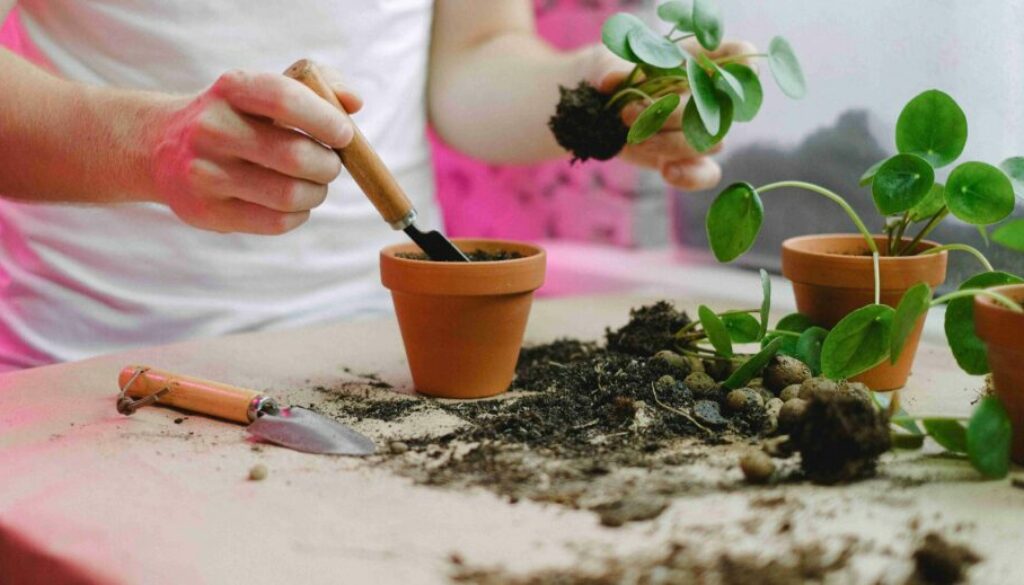Top 10 Powerful Sustainable Gardening Tools
Discover eco-friendly solutions with sustainable gardening tools. Elevate your garden while nurturing the planet. Explore options for a greener lifestyle.
Are your gardening tools as green as your garden? In a world where sustainability takes center stage, even the smallest actions, like choosing the right tools, can make a monumental impact.
Enter the realm of sustainable gardening tools – a vital step towards nurturing your garden while nurturing the planet. Today, the surge in eco-consciousness has propelled the need for tools that not only cultivate vibrant gardens but also minimize environmental footprints.
This article dives deep into the realm of sustainable gardening tools, unveiling their benefits, highlighting the various types available, and offering guidance on choosing the perfect eco-friendly equipment for your gardening pursuits.
Benefits of Sustainable Gardening Tools
Embracing eco-friendly gardening tools offers many advantages that extend beyond nurturing your garden to actively fostering a healthier planet. These eco-conscious alternatives are designed with environmental preservation in mind, presenting several compelling benefits:
- Reduced Environmental Impact: Sustainable gardening tools minimize harm to the environment by utilizing eco-friendly materials and reducing carbon emissions during production.
- Enhanced Soil Health: They promote soil fertility by minimizing chemical exposure and encouraging natural decomposition, fostering a thriving ecosystem.
- Long-Term Cost Savings: While some sustainable tools may have higher initial costs, their durability often leads to long-term savings by reducing the need for frequent replacements.

- Energy Efficiency: Many sustainable tools are designed for energy efficiency, using solar power or requiring less energy for operation, further reducing their environmental impact.
- Resource Conservation: These tools often utilize recycled or upcycled materials, contributing to resource conservation and a circular economy.
- Healthier Plant Growth: They contribute to healthier plants by minimizing exposure to harmful chemicals present in conventional tools, resulting in more robust and resilient vegetation.
- Biodiversity Preservation: Sustainable gardening tools support biodiversity by promoting natural pest control methods and minimizing disruptions to the ecosystem.
- Water Conservation: Some tools are designed to aid in water conservation, enabling more efficient irrigation and reducing water wastage in gardening practices.
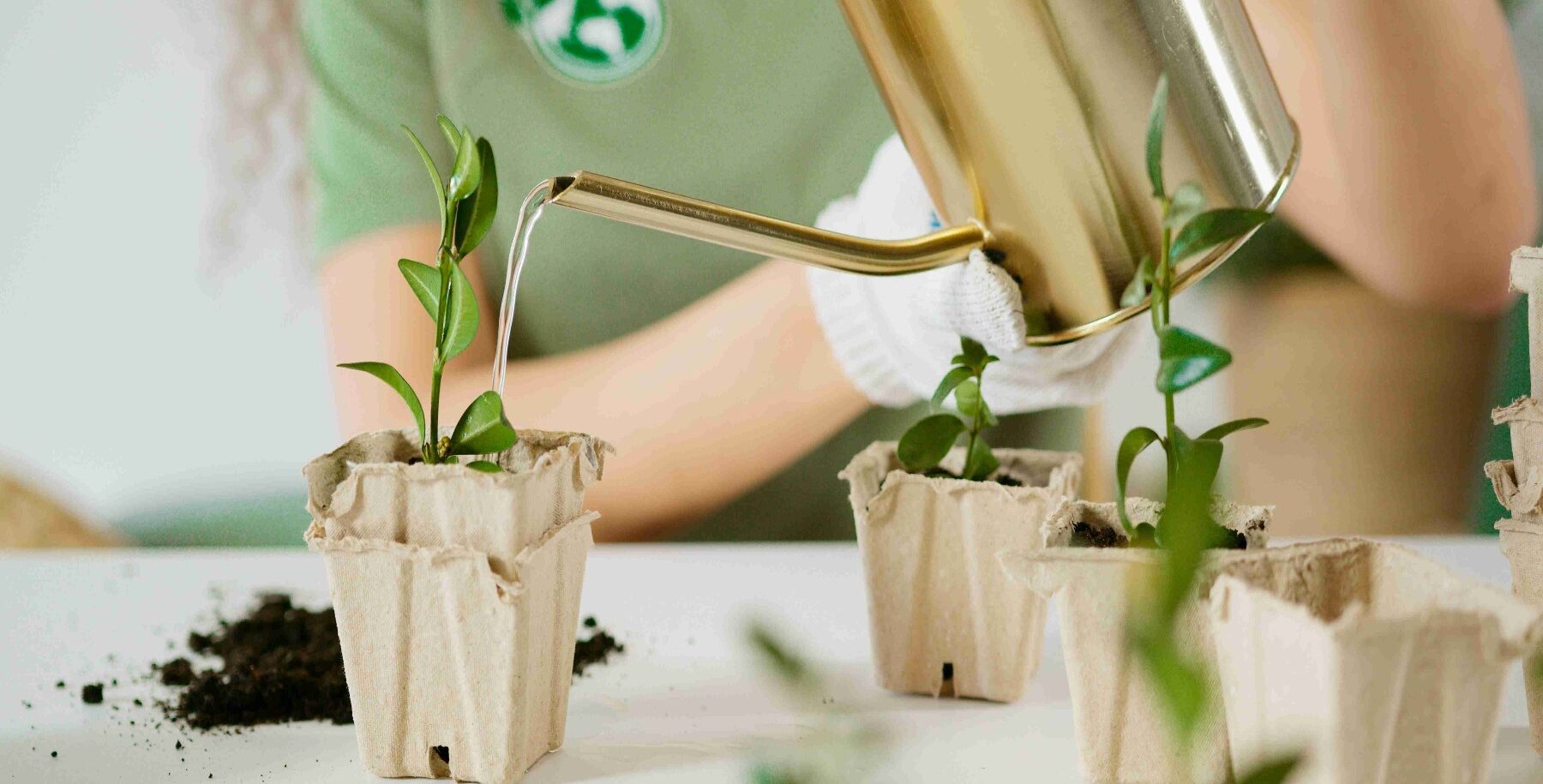
- water conservation
- Community Impact: By embracing sustainable tools, you contribute to a broader movement towards environmental stewardship, inspiring others within your community.
- Ethical and Responsible Gardening: Using sustainable tools aligns with ethical gardening practices, reflecting a commitment to responsible environmental stewardship.
Choosing sustainable gardening tools not only elevates your gardening experience but also stands as a conscientious step towards a greener, more sustainable future.
Types of Sustainable Gardening Tools
When it comes to sustainable gardening tools, a wide range of options are available. Understanding these various types empowers gardeners to make informed choices that cater to both their gardening needs and environmental consciousness.
- Compost Bins: These bins facilitate the natural decomposition of organic waste, transforming it into nutrient-rich compost, reducing landfill contributions, and enhancing soil fertility.
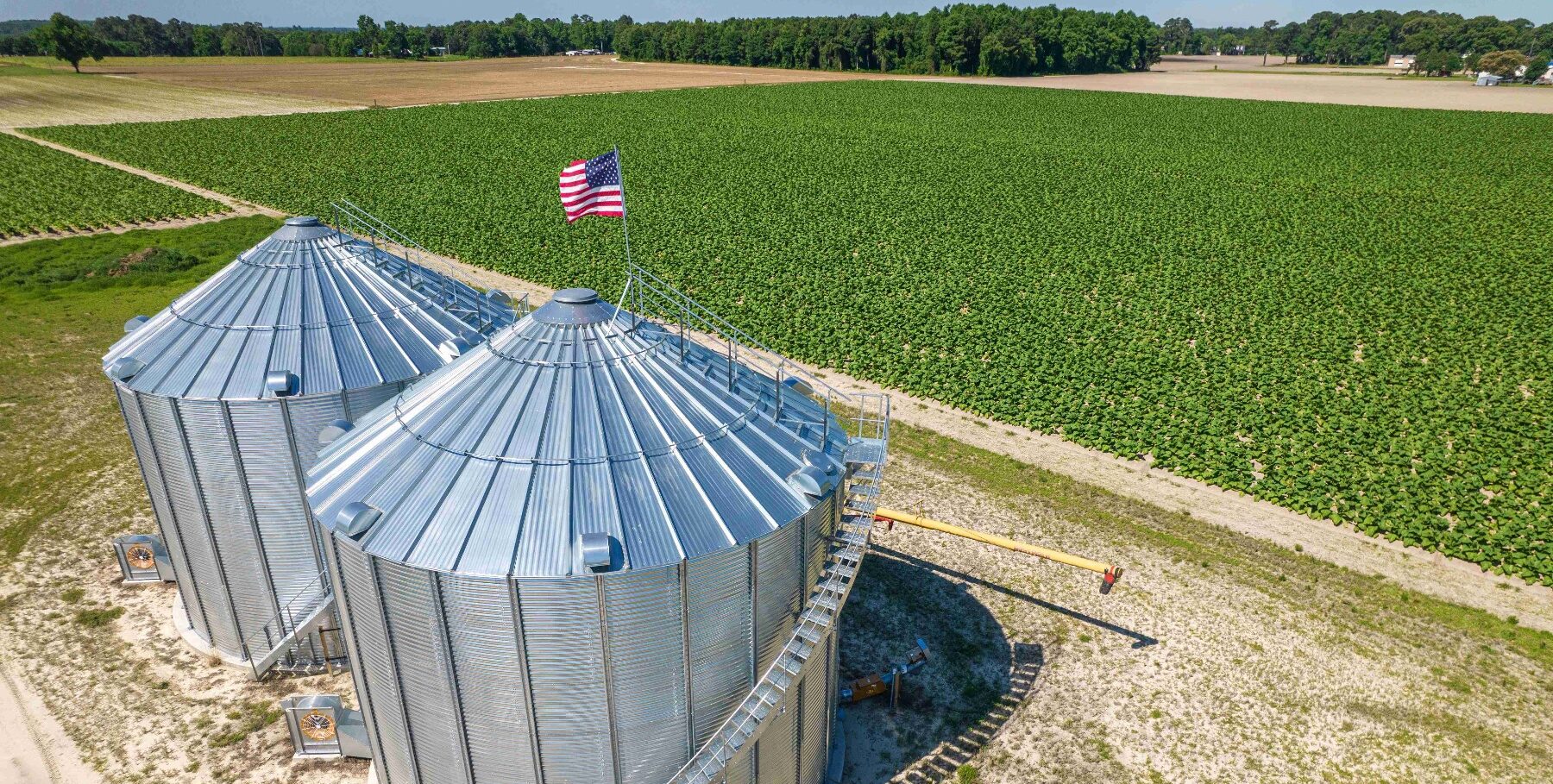
- Ergonomic Hand Tools: Designed for comfort and efficiency, these tools minimize strain on the body while maintaining high functionality, often made from sustainable materials.
- Rain Barrels: These collect rainwater, providing an eco-friendly irrigation solution while reducing dependence on municipal water supplies.
- Solar-Powered Equipment: Ranging from lights to irrigation systems, solar-powered tools harness renewable energy, reducing reliance on traditional power sources.
- Drip Irrigation Systems: These systems provide water directly to the roots of plants, reducing water wastage by ensuring efficient and targeted irrigation.
- Permeable Pavers: These environmentally friendly paving materials allow water to penetrate the soil, preventing runoff and promoting groundwater recharge.
- Handcrafted Wooden Garden Markers: Utilizing sustainable wood or recycled materials, these markers are reusable, reducing the need for single-use plastic plant labels.
- Reusable Garden Totes and Containers: Utilizing reusable containers made from sustainable materials reduces reliance on single-use plastics and promotes a circular economy.
- Durable Garden Hoses: Made from materials like rubber or recycled plastics, these hoses minimize leaks and last longer than conventional ones.
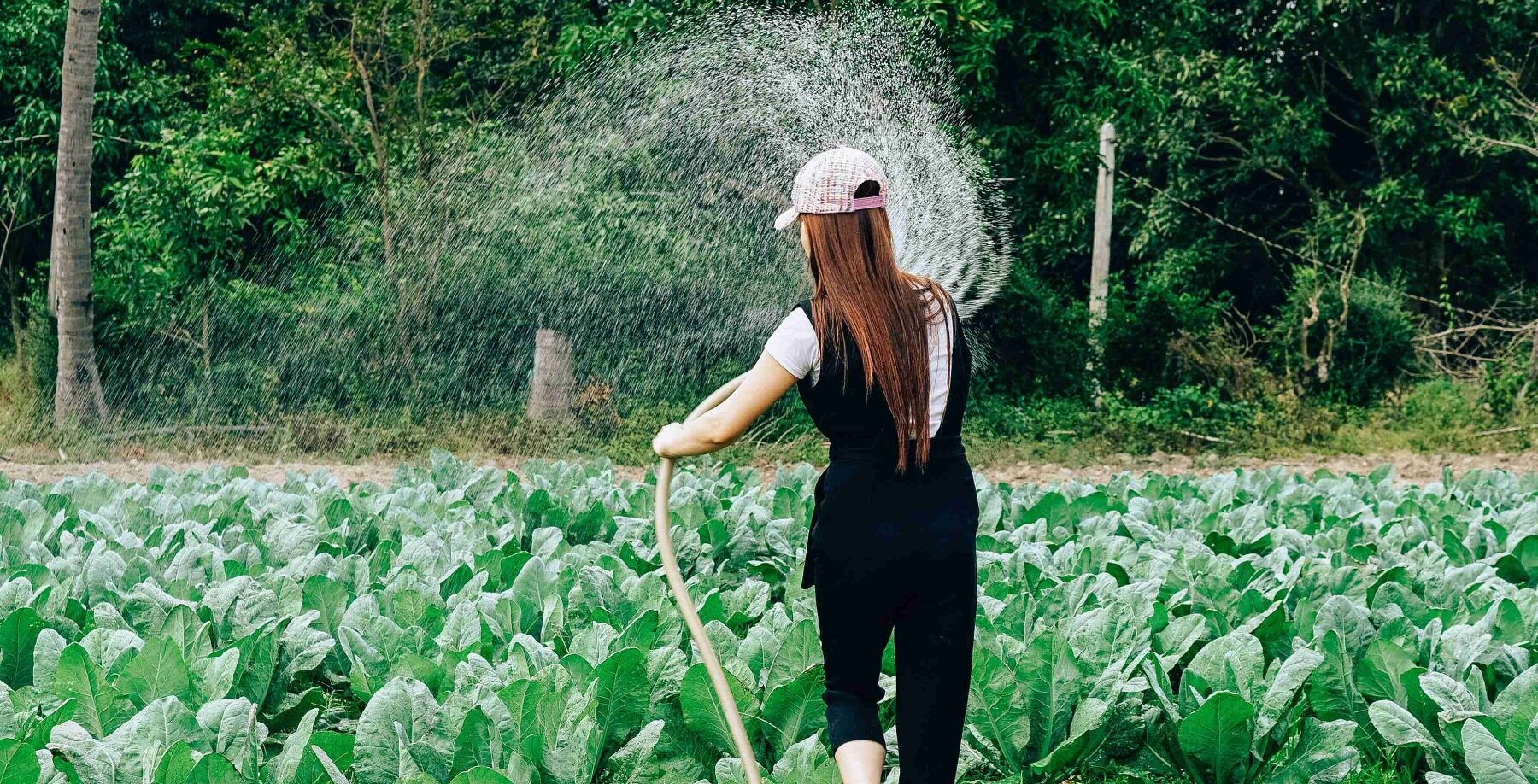
- Hand-Powered or Manual Tools: Tools like push mowers, hand-powered cultivators, and reel mowers require no fuel, reducing carbon emissions during use.
- Multifunctional Gardening Gear: Incorporating multiple functions in one tool reduces the need for several implements, thus decreasing resource consumption.
Understanding the diverse options available in sustainable gardening tools allows for a more intentional and environmentally conscious selection, ensuring that your gardening practices align with your values.
Tips for Choosing Sustainable Gardening Tools
Navigating the market for sustainable gardening tools requires a blend of awareness and informed decision-making. Consider these essential tips to make environmentally conscious choices:
- Material Selection: Opt for tools made from renewable, biodegradable, or recycled materials, reducing environmental impact and promoting sustainability.
- Durability: Prioritize durable tools that withstand wear and tear, ensuring longevity and minimizing the need for frequent replacements.
- Energy Efficiency: Select tools that operate on renewable energy sources, such as solar-powered or hand-operated options, to reduce reliance on fossil fuels.
- Versatility: Choose multifunctional tools that serve multiple purposes, reducing the number of implements needed and resource consumption.
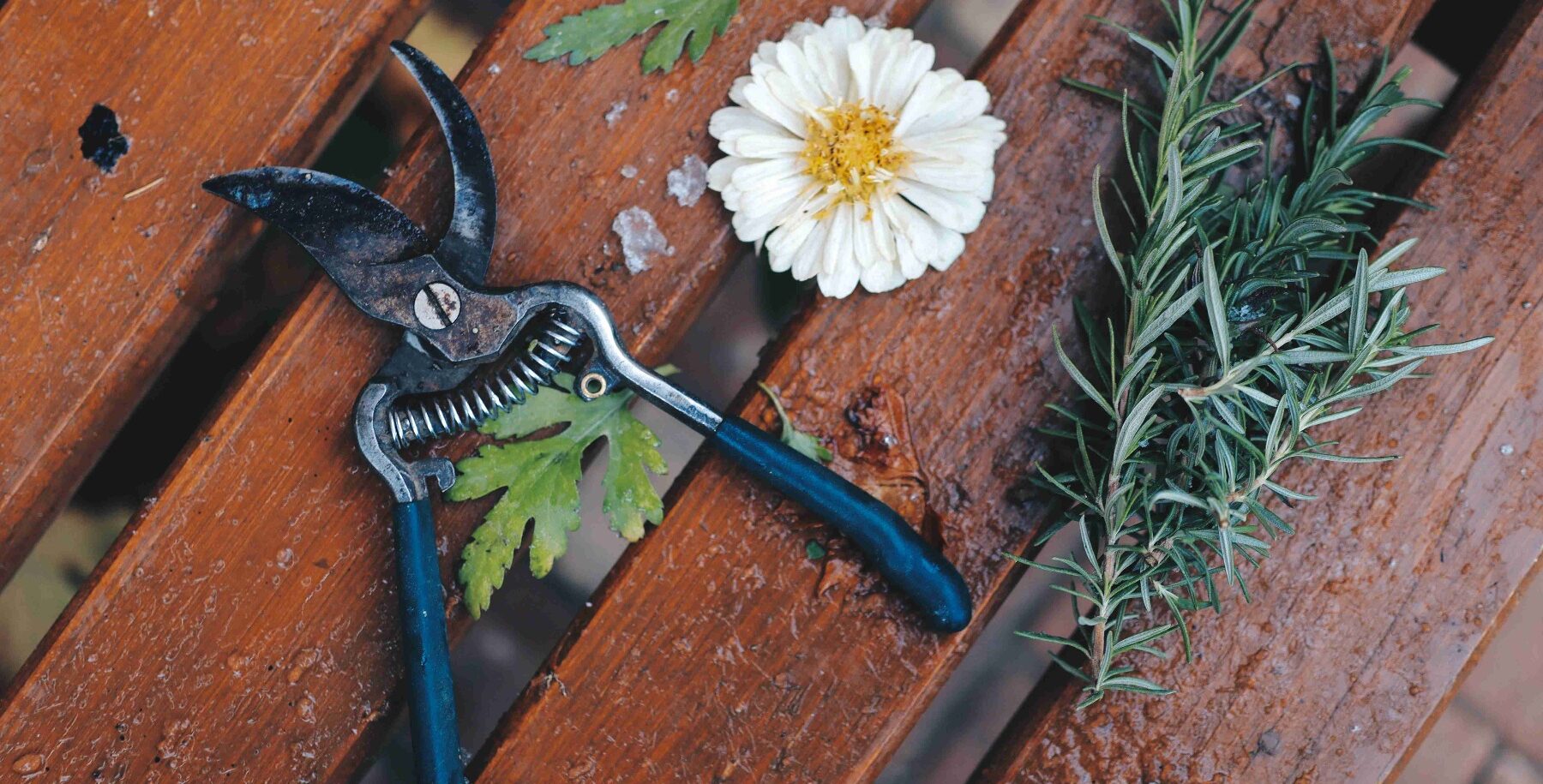
- Lifecycle Analysis: Consider the entire lifecycle of the tool, from production to disposal, to ensure minimal environmental impact throughout its use.
- Certifications and Labels: Look for eco-labels or certifications indicating sustainable manufacturing practices or materials used in the tool’s production.
- Local and Ethical Sourcing: Opt for tools produced locally or through ethical and responsible supply chains to reduce transportation emissions and support fair labor practices.
- Maintenance Requirements: Assess the maintenance needs of the tool, opting for those requiring minimal upkeep or repairs to extend their lifespan.
- End-of-Life Considerations: Choose recyclable or biodegradable tools at the end of their lifecycle, contributing to a circular economy.
- Reviews and Recommendations: Prioritize tools with positive reviews and recommendations from trusted sources, ensuring reliability and sustainability.
By integrating these tips into your selection process, you empower yourself to make conscious choices that align with sustainable gardening practices, fostering a greener environment while nurturing your garden.
Overview
Choosing sustainable gardening tools isn’t just about gardening—it’s about nurturing our planet. Each eco-friendly tool, from compost bins to solar-powered devices, weaves a story of environmental stewardship. By embracing these tools and applying the outlined tips, you become an advocate for a greener future.
You can inspire others to adopt a sustainable lifestyle with every choice you make in your garden shed. Equip your gardening arsenal with tools that cultivate life while nurturing our world.
Take the first step into your garden with tools that not only nurture blossoms but also sow the seeds for a future thriving with ecological vitality.
